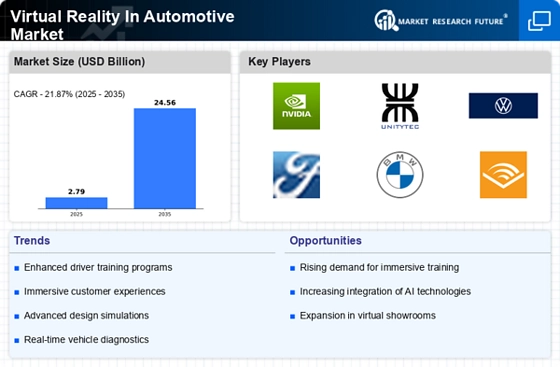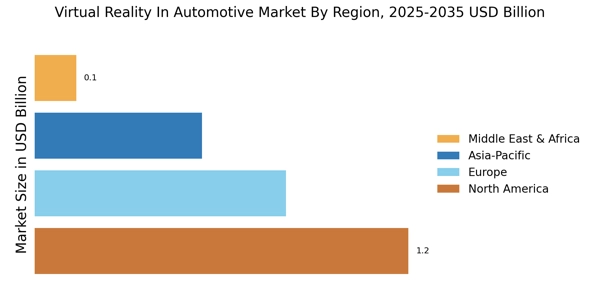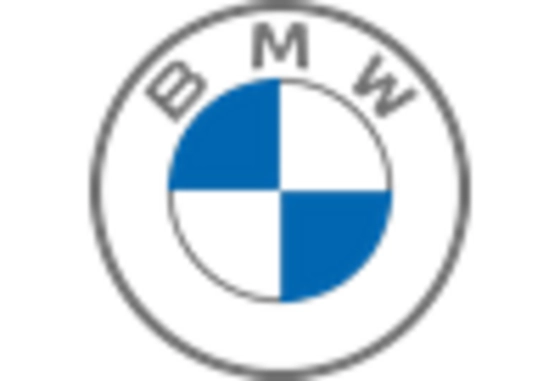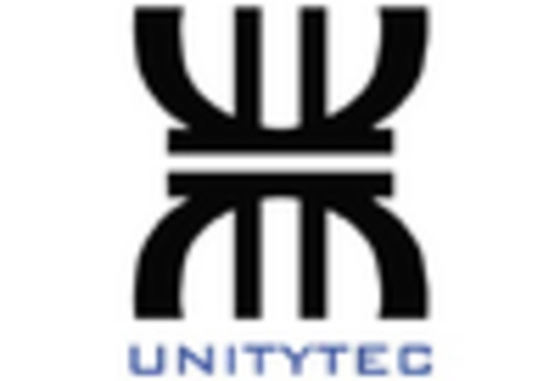The Virtual Reality In Automotive Market is currently characterized by a dynamic competitive landscape, driven by rapid technological advancements and increasing consumer demand for immersive experiences. Key players such as NVIDIA (US), Unity Technologies (US), and Volkswagen (DE) are at the forefront, each adopting distinct strategies to enhance their market positioning. NVIDIA (US) focuses on leveraging its graphics processing capabilities to develop advanced VR solutions tailored for automotive applications, while Unity Technologies (US) emphasizes creating versatile platforms for automotive design and simulation. Volkswagen (DE), on the other hand, is integrating VR into its customer engagement strategies, enhancing the buying experience through virtual showrooms and test drives. Collectively, these strategies contribute to a competitive environment that prioritizes innovation and customer-centric solutions.
In terms of business tactics, companies are increasingly localizing manufacturing and optimizing supply chains to enhance efficiency and responsiveness to market demands. The competitive structure of the Virtual Reality In Automotive Market appears moderately fragmented, with several players vying for market share. However, the influence of major companies is substantial, as they set benchmarks for technological advancements and customer engagement practices, thereby shaping the overall market dynamics.
In September 2025, Ford Motor Company (US) announced a partnership with Unity Technologies (US) to develop a new VR training program for its manufacturing workforce. This initiative aims to enhance employee skills and operational efficiency through immersive training experiences. The strategic importance of this partnership lies in its potential to streamline production processes and reduce training costs, thereby positioning Ford as a leader in adopting innovative training methodologies within the automotive sector.
In August 2025, BMW (DE) unveiled a new VR-based customer experience platform that allows potential buyers to customize their vehicles in a virtual environment. This platform not only enhances customer engagement but also provides valuable data on consumer preferences, which can inform future product development. The strategic significance of this move is evident in its alignment with the growing trend of personalization in the automotive market, potentially leading to increased sales and customer loyalty.
In July 2025, Daimler AG (DE) launched a VR initiative aimed at improving vehicle design processes. By utilizing VR technology, the company seeks to enhance collaboration among design teams and reduce the time required for prototyping. This strategic action underscores Daimler's commitment to innovation and efficiency, positioning it favorably in a competitive landscape that increasingly values rapid development cycles and technological integration.
As of October 2025, current competitive trends in the Virtual Reality In Automotive Market are heavily influenced by digitalization, sustainability, and the integration of artificial intelligence. Strategic alliances are becoming increasingly vital, as companies recognize the need to pool resources and expertise to stay ahead in a rapidly evolving market. Looking forward, competitive differentiation is likely to shift from traditional price-based competition to a focus on innovation, technological advancements, and supply chain reliability. This evolution suggests that companies that prioritize these aspects will be better positioned to thrive in the future.


















Leave a Comment